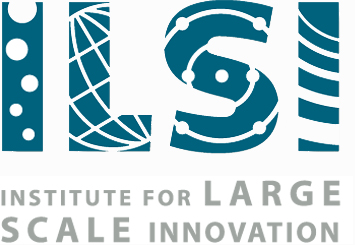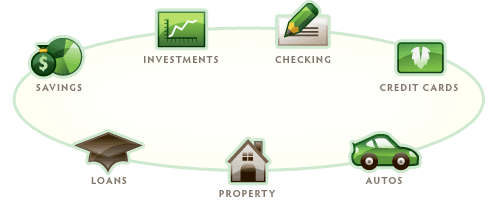$10K Design Challenge for Diabetes Innovations
Saturday, March 14th, 2009Calling all cognitive designers… gear up for The 2009 DiabetesMine Design Challenge
 Design an innovation to improve the lives of those with diabetes, document (by May 1, 2009) your idea in a two-minute YouTube video or 2-3 page elevator pitch, win $10K (or other prizes), enhance your reputation as a designer and perhaps, help millions of people with diabetes!
Design an innovation to improve the lives of those with diabetes, document (by May 1, 2009) your idea in a two-minute YouTube video or 2-3 page elevator pitch, win $10K (or other prizes), enhance your reputation as a designer and perhaps, help millions of people with diabetes!
Entries will be judged on how well they solve a problem for people with diabetes, clinical efficacy (make sense medically) and aesthetics or look and feel. Rules can be found here.
Don’t let the product focus limit your thinking, this is really about cognition, experience and service.
Innovators retain intellectual property rights. The competition is sponsored by the California HealthCare Foundation, endorsed by medgadget.com and supported by IDEO. You can check out more details including entries from last year HERE.










